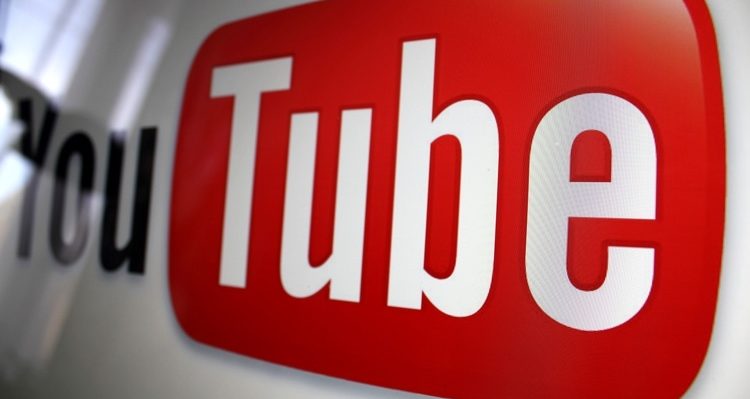
Photo Credit: Google Images
The 2020 presidential election is shaping up to be a fascinating experiment in the use of social media as a key driver of electoral success. On one hand, you have (former) Democratic candidate Michael Bloomberg mindlessly blowing through millions of dollars on social media ads ahead of his colossal flop on Super Tuesday. And, on the other hand, you have President Donald Trump adopting a much different approach to social media spending, with one part of that strategy being huge ad buys on the YouTube homepage at opportune moments during the 2020 election cycle.
Buying ads on the YouTube homepage
In the first experiment at a YouTube ad buy, President Trump’s social media team bought ads on YouTube ahead of the first Democratic debate in June 2019, with a big part of that spending allocated to the YouTube masthead ad space. This is a highly trafficked piece of social media real estate – it’s the first thing you see when you head over to YouTube.com. It’s typically reserved for high-spending, high-profile brands, but the Trump team saw a huge opportunity here in a bit of counter-programming during and around the Democratic debate. Since YouTube was livestreaming the debate, anyone tuning in to see Bernie Sanders or Joe Biden would also see Donald Trump throughout the entire debate.
That first experiment proved to be so successful that the Trump team is buying up all ads on the YouTube homepage on Election Day 2020. Any person heading to YouTube during the election will see Trump’s face plastered all over the page, as well as a reminder to get out and vote. Big brands can basically forget about advertising on YouTube in early November – any message that they might attempt to get out will likely be swallowed up and overshadowed by the Trump YouTube ads.
Why the YouTube strategy is so effective
One reason why advertising on YouTube on and around Election Day is so important is because it provides unparalleled access to undecided voters. While the 2020 election cycle is a nearly two-year-long slog, and most people have made up their minds about the candidates due to the very polarizing nature of most politicians these days, the fact remains that there will always be a large pool of “undecideds.” These are people who tend to make up their mind at the very last moment, and might be swayed by a last-minute pitch that appeals to their major fears or concerns.
In many ways, YouTube recognizes this fact about undecided voters and unveiled its “Instant Reserve” program back in October 2019, with an eye towards attracting ad buyers ahead of key state primaries. With this program, candidates would be able to buy ad space in a particular region on particular days, giving them the chance to make a last-minute appeal to voters. Even a swing of 1-2 percent could be huge in tossup states where the final vote might be decided by just a few thousand votes.
Caveats about going all-in on YouTube
Of course, this YouTube ad buy strategy is not for everyone. For one, it’s extraordinarily expensive. Even YouTube concedes that buying up ad space on the front page is more similar to a Super Bowl ad buy than a traditional targeted social media ad buy. Buying ads on the YouTube home page for a single day will likely cost $1 million or more. (During the first Democratic debate, the Trump team reportedly spent anywhere from $500,000 to $1 million, so the figure could actually be much higher). This is not a viable strategy for a campaign that’s not flush with cash.
The big picture here, of course, is that political candidates are much more like traditional brands than ever before. The ‘Trump brand” – whether you like it or not – is arguably the strongest ever for a national politician. The same name that’s plastered all over hotels and golf courses is now the same name that’s plastered all over YouTube. If big consumer brands like Coca-Cola can buy out masthead space on YouTube, then why not big political brands as well?